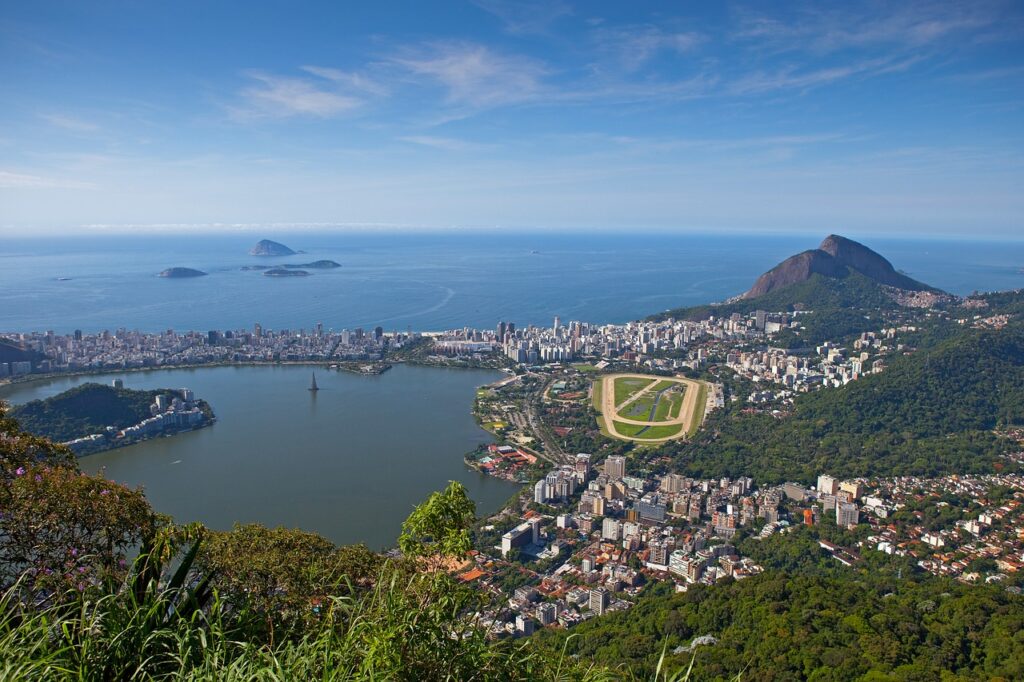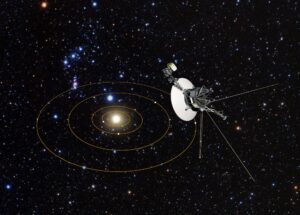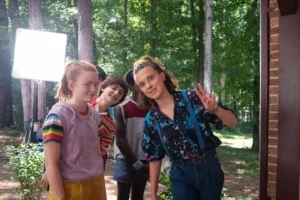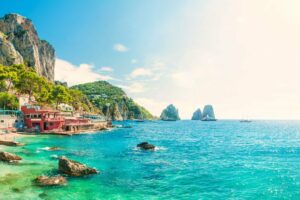Rio de Janeiro, renowned for its beaches, football, and Carnival, is also home to a hidden gem – the world’s largest urban forest, the Tijuca forest.
 Pin
Pin Table of Contents
The Remarkable Tijuca Forest of Rio de Janeiro
This forest is not just any ordinary woodland. Protected since 1861, even before the establishment of the first national park in the United States, the Tijuca forest spans 40 sq km and is a part of the Atlantic Forest, which was once a vast biome stretching across 1,000,000 sq km of the Brazilian coastline. Unfortunately, only about 15% of the Atlantic Forest remains today, largely due to sugarcane and coffee plantations, as well as logging by European colonists dating back to the 16th Century.
Despite the challenges faced by the Tijuca forest over the years, it stands today as a testament to the resilience of nature and the dedication of those who worked to preserve it. Visitors to Rio de Janeiro can now explore this unique urban forest, marveling at its biodiversity and rich history, a lush green oasis in the midst of a bustling metropolis.
Preserving the Essence of Tijuca National Park in Rio de Janeiro
Established in 1967, Tijuca National Park encompasses three distinct sectors within Rio de Janeiro: the Tijuca Forest to the west of the city center, Carioca with the iconic Cristo Redentor statue, and the majestic Pedra Bonita and Gávea mountains overlooking the coastline. Welcoming over 3.5 million visitors annually, the park has evolved into Brazil’s most visited natural reserve.
“Imagine Rio stripped of its forest, with only bare mountains and the sea – it would lose its enchanting essence,” remarked Fernando Fernandez, a respected ecology professor at the Federal University of Rio de Janeiro and a co-founder of Project Refauna, a conservation organization.
Beyond its visual splendor, the Tijuca forest plays a pivotal role as a vital regulator of temperatures and a key freshwater source for Rio de Janeiro, the country’s second-largest urban area. However, concerns raised by Fernandez underscore the forest’s declining health.
Traversing the trails of Tijuca National Park unveils a flourishing ecosystem, with pathways leading to over 30 cascading waterfalls and challenging ascents up renowned peaks like Pedra da Gávea and Pedra Bonita. The verdant flora, dangling vines, ripe jackfruit, and playful capuchin monkeys paint a vibrant picture of biodiversity.
The urgency to safeguard this ecological treasure is highlighted by Fernandez’s warnings. Preserving the well-being and endurance of the Tijuca forest is essential not solely for its visual allure but also for its indispensable role in maintaining Rio de Janeiro’s ecosystem and enhancing the quality of life for its inhabitants. Serving as one of Brazil’s most cherished natural reserves, the conservation of Tijuca National Park exemplifies the harmonious balance between urban progress and environmental protection.
The Fight to Rewild
As concrete jungles expand and trees fall to make way for progress, the once-vibrant park faced imminent peril. The encroachment of urban development, coupled with illegal logging activities, dealt a severe blow to Tijuca’s biodiversity. Climate change further exacerbated these threats, pushing the ecosystem to the brink of collapse.
In the face of these daunting challenges, a ray of hope emerged as a passionate and dedicated group took up the mantle of conservation. United by a shared commitment to protecting nature’s wonders, these individuals embarked on a mission to safeguard Tijuca National Park for future generations.
Through collaborative efforts, conservationists, researchers, and local communities have worked tirelessly to combat the forces endangering the park. They have implemented crucial conservation measures, raised awareness about the importance of preserving biodiversity, and engaged in rewilding initiatives to restore the park’s natural balance.
Together, they have planted native trees, reintroduced endangered species, and established sustainable practices to mitigate the impact of human activities on the ecosystem. Through community involvement and education programs, they have fostered a sense of stewardship among the local population, empowering them to become guardians of their natural heritage.
The fight to rewild Tijuca National Park is a testament to the transformative power of collective action and unwavering dedication. It serves as a beacon of hope in a world grappling with environmental challenges, inspiring others to take a stand for the preservation of our planet’s precious ecosystems.
Conservation Efforts
Conservation efforts in the park include a variety of projects aimed at restoring and preserving its natural beauty and biodiversity. Reforestation initiatives are crucial in replenishing the park’s green cover, providing habitats for wildlife, and combating deforestation. By planting native tree species and nurturing their growth, these projects contribute to the park’s ecological health and resilience.
Wildlife conservation is another key aspect of efforts to protect the park’s unique species. Conservationists work to safeguard endangered animals, prevent poaching, and mitigate human-wildlife conflicts. Through research, monitoring, and protective measures, they strive to ensure the survival of diverse wildlife populations within the park.
Sustainable tourism practices play a vital role in balancing visitation with conservation goals. By promoting responsible tourism, such as limiting visitor numbers, enforcing ethical guidelines, and supporting local communities, these practices help minimize the negative impacts of tourism on the park’s ecosystems. This approach ensures that future generations can continue to enjoy and benefit from the park’s natural wonders.
Education and awareness campaigns are essential for fostering a culture of conservation among local schools and communities. By engaging children and adults in learning about the park’s ecological significance, conservation challenges, and sustainable practices, these campaigns inspire a sense of pride and stewardship for the natural environment. Through workshops, field trips, and outreach programs, individuals are empowered to become conservation advocates and active participants in protecting the park.
These conservation efforts reflect a comprehensive and collaborative approach to preserving the park’s ecological integrity and promoting sustainable development. By combining reforestation, wildlife conservation, sustainable tourism, and community engagement, stakeholders are working together to ensure that this natural treasure remains a thriving and biodiverse sanctuary for generations to come.
Conclusion
Tijuca National Park stands as a beacon of hope in the midst of urban sprawl, reminding us of the importance of preserving our natural heritage. By joining forces to rewild this urban forest, we not only protect the planet’s biodiversity but also ensure a sustainable future for generations to come. Together, we can turn the tide in the fight to rewild our world.































